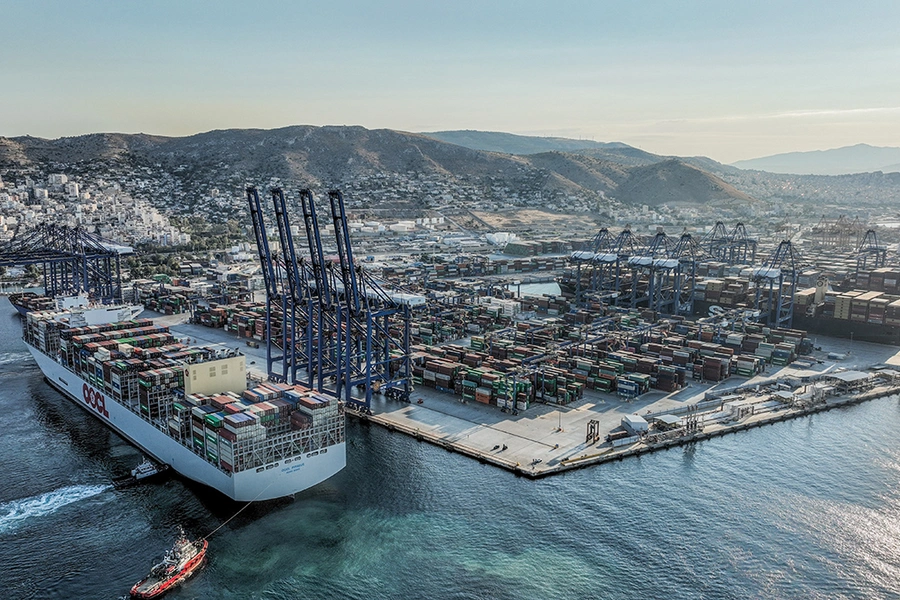
Introducing CFR’s China Strategy Initiative
Competition with China poses a challenge unlike any the United States has faced before. To meet the challenge, CFR's new China Strategy Initiative will answer the questions that go to the heart of American China strategy through fresh analysis, granular policy recommendations, and convenings with experts from around the world.
Watch Introduction Video
Core Questions and Programs
The China Strategy Initiative will launch cross-cutting programs to address four foundational questions.
Research Priorities
Explore CFR’s work on the key issues in China strategy.
Domestic China
Taiwan
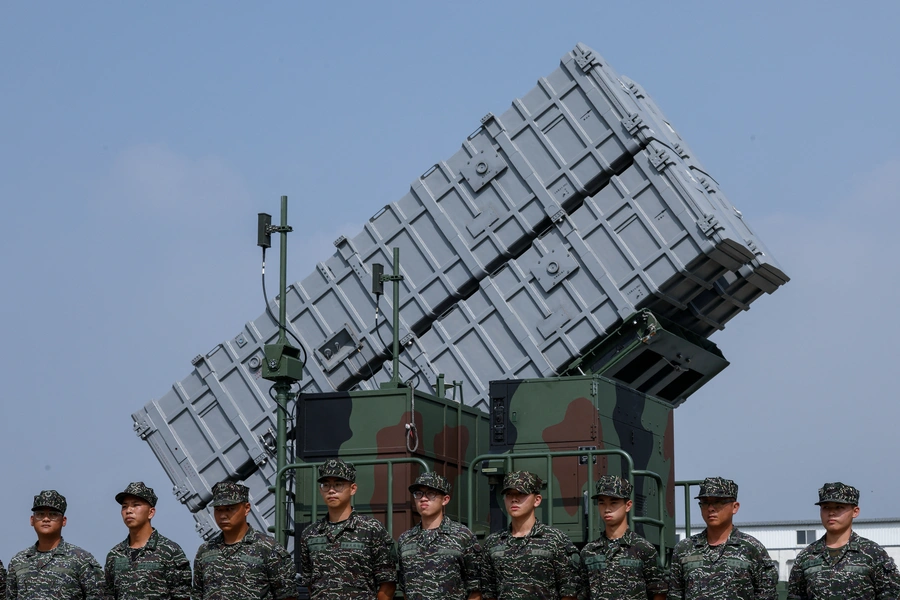
China’s Gray-Zone Offensive Against Taiwan Is Backfiring
with David Sacks via Foreign Affairs
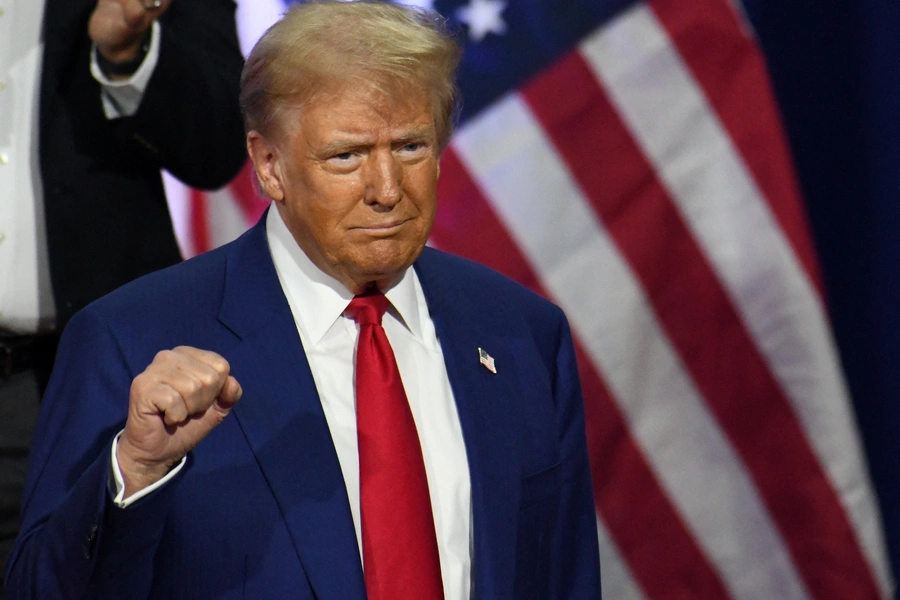
Would Trump Abandon Taiwan?
Blog Post by David Sacks

Reading Lai Ching-te’s National Day Speech and Its Implications for Cross-Strait Relations
Blog Post by David Sacks
Defense and Security
Economics and Technology
Geopolitics and Diplomacy
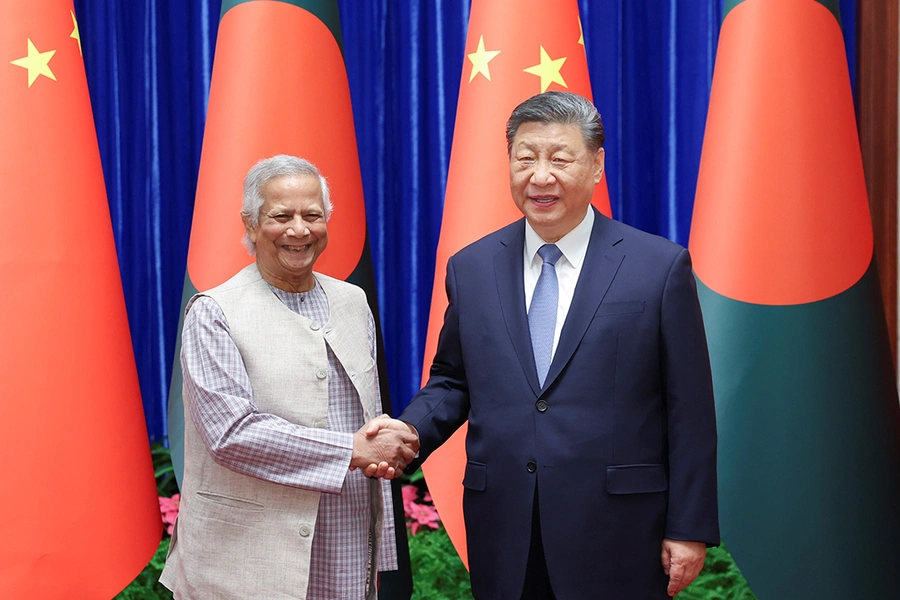
India is Losing South Asia to China
Post by Joshua Kurlantzick

Underestimating China: Why America Needs a New Strategy of Allied Scale to Offset Beijing’s Enduring Advantages
with Rush Doshi and Kurt M. Campbell via Foreign Affairs
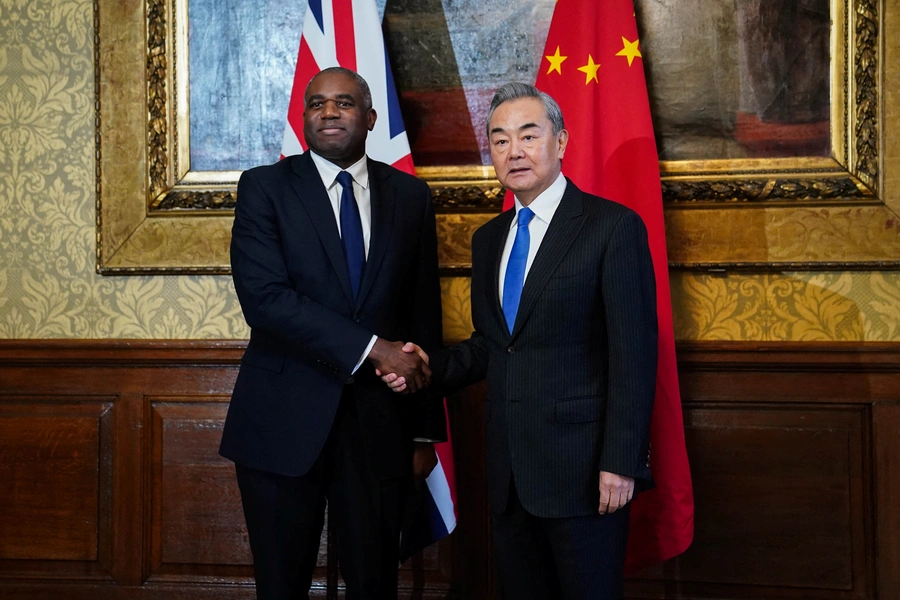
China in Europe: April 2025
Article by Abi McGowan and Aanika Veedon
Transnational Challenges

Washington and Beijing Don’t Understand Each Other’s Fentanyl Positions
Featuring Yanzhong Huang and Marcel Arsenault via Foreign Policy

Fentanyl Supply Chains in China: Chinese Fentanyl Makers and Domestic Circulation
Blog Post by Zongyuan Zoe Liu

China’s Battle Against Air Pollution: An Update
Blog Post by Yanzhong Huang
More From the China Strategy Initiative
-
At the Shangri-La dialogue in Singapore last week, U.S. Secretary of Defense Pete Hegseth said that the United States would be expanding its defense partnership with India. His statement was in line …
-
India’s space policy, once driven primarily by domestic development goals, is increasingly aligning with that of the United States. How it approaches the norms of space governance, however, could provide a path for other Global South nations.
-
India has historically struck a balance between joining multilateral export-control regimes and maintaining strategic independence through bilateral trade deals and domestic investment. That could be complicated by India’s growing defense exports and increasing U.S. unilateralism.
-
The United States and India have developed a strong defense partnership in recent years, especially in relation to China. However, they have major differences to bridge: how much to spend on defense, the role of civilian governance, and the independence of their defense-industrial bases.
-
In May, China hosted the fourth ministerial meeting of the China-Community of Latin America and Caribbean States (CELAC) Forum in Beijing. Colombia signed onto the Belt and Road Initiative. Public opinion polling showed the United States is ceding ground to China in South America.
-
In December 2024, EU-China tensions rose over Ukraine, trade, Baltic sabotage, and strained ties with Lithuania.
-
In November 2024, EU-China tensions escalated over diplomatic expulsions, suspected sabotage, stalled EV trade talks, and a tougher EU stance under Kaja Kallas.
-
In May 2025, China-Europe ties saw rising cyber and trade tensions, selective cooperation, and growing Chinese influence in investment and electric vehicles.
-
-
-
In May 2025, China deepened its strategic footprint by reasserting territorial claims along the China-India border, backing Pakistan militarily during its clash with India, advancing trilateral talks with Pakistan and the Taliban, escalating tensions in the South China Sea, and expanding ties with ASEAN and the Gulf.
-
 Online Store
Online Store











